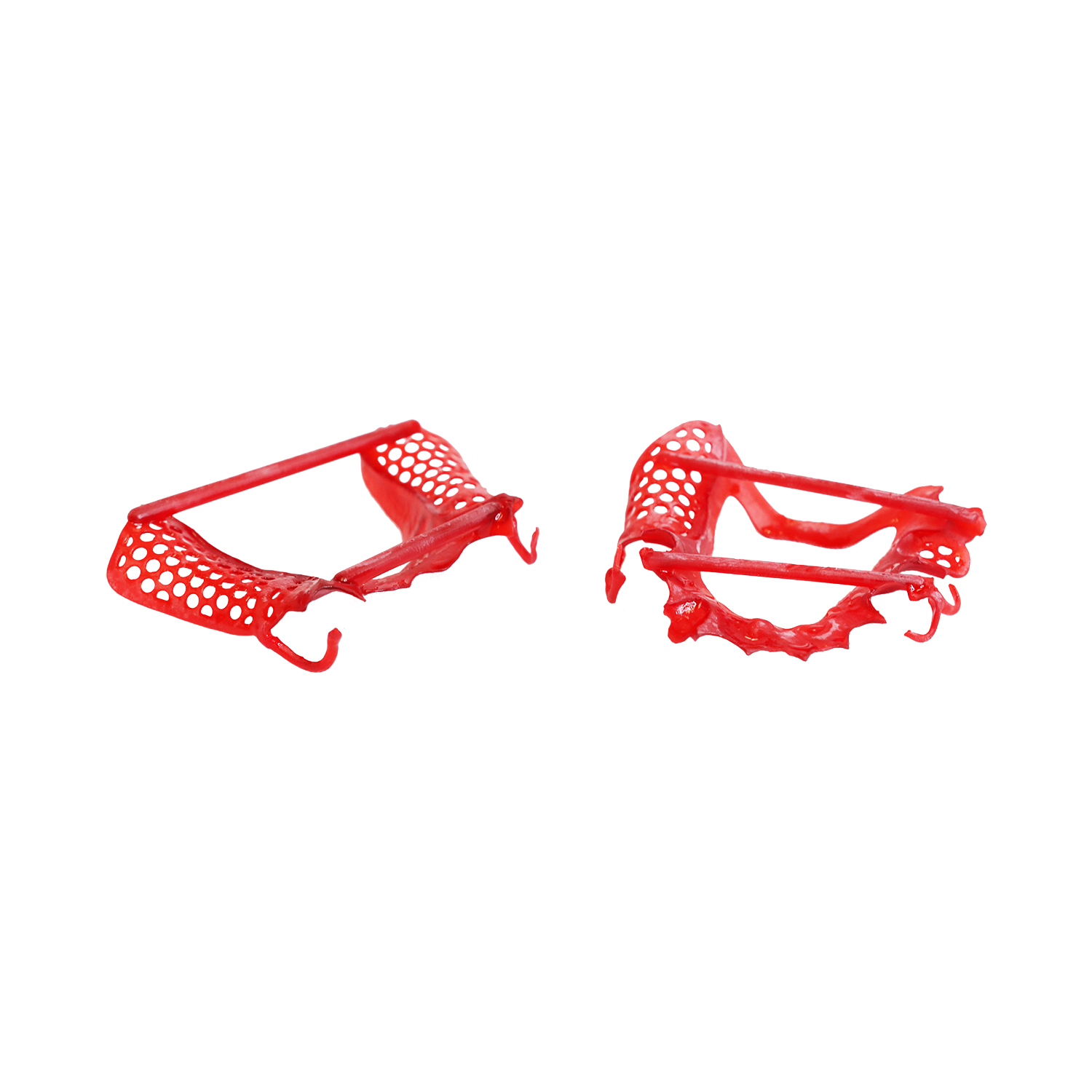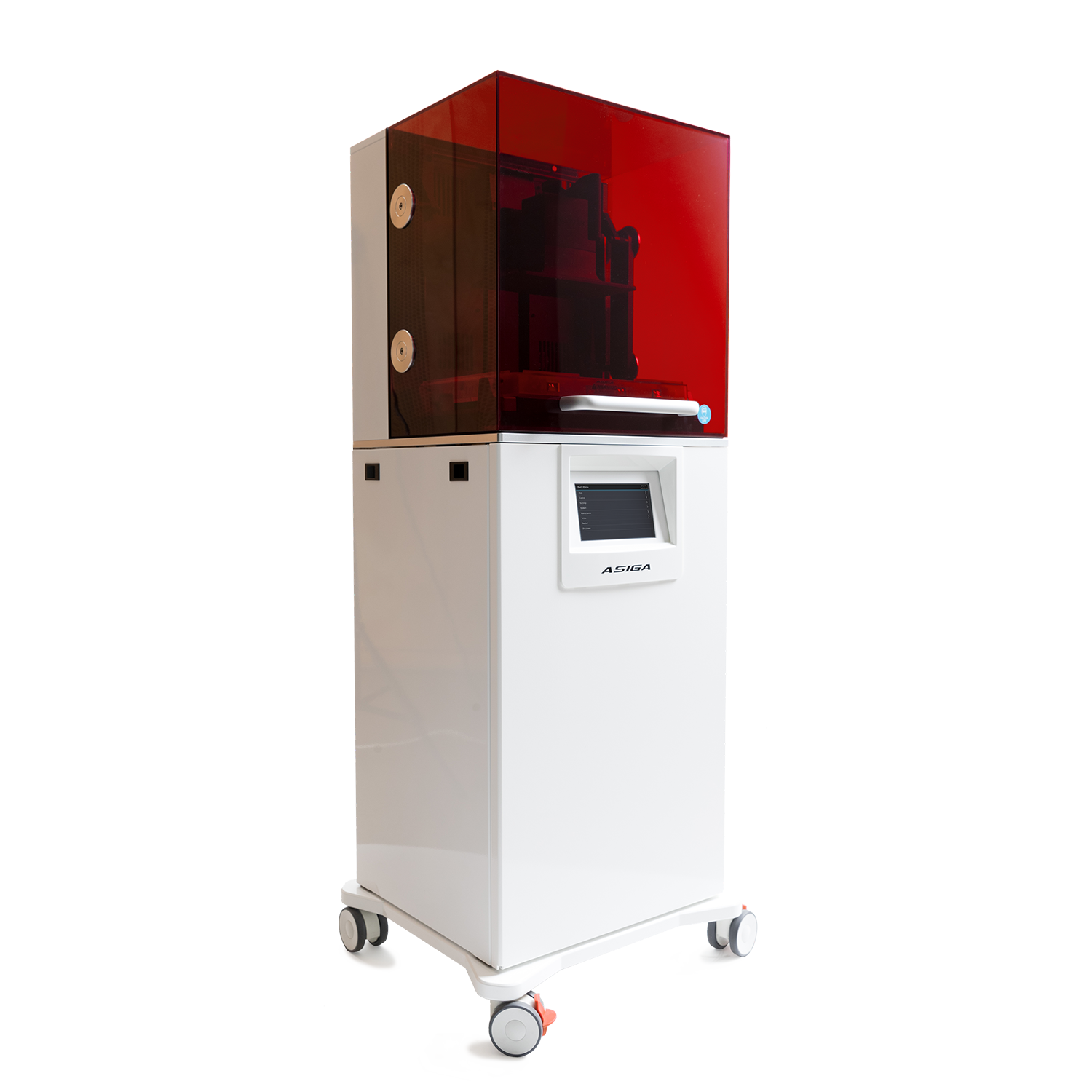 The adoption rate of 3D printing in the dental industry over the last 18 months has been absolutely amazing. We were one of only 7 or 8 companies that had a printer at Lab Day Chicago 2 years ago. If you were at LMT this year, there were probably close to 50 companies with 3D printers or some tie in to them. While all the buzz has been on the printers themselves, it is also important to know as much as possible about the resin that you are putting into your 3D printer.
The adoption rate of 3D printing in the dental industry over the last 18 months has been absolutely amazing. We were one of only 7 or 8 companies that had a printer at Lab Day Chicago 2 years ago. If you were at LMT this year, there were probably close to 50 companies with 3D printers or some tie in to them. While all the buzz has been on the printers themselves, it is also important to know as much as possible about the resin that you are putting into your 3D printer.
Whip Mix is extremely fortunate to have a bright young team of chemists developing our resins. Abeer A. Alzahrani, PhD and her team of Zachary Stewart and Thomas Jorgensen spend every day in the lab developing and testing resins for multiple 3D printers.
When I asked Abeer and Zach their opinions on what constitutes a good 3D printable resin, I was blown away by their answers. (I really shouldn’t have been though, based on how good of chemists they are!)
Their criteria for a good a good resin:
- Viscosity should be low
- Pigment must not separate out
- Sensitivity to ambient light needs to be controlled
- Should not smell bad
- It should polymerize relatively quickly
- Needs to be able to adhere well to the build plate
- Needs to have adequate strength
- Should work with multiple wavelengths
- Should be diverse: work with different printers, wavelengths, and technologies (DLP, LCD)
- Needs good color stability
- Easy to clean – Not tacky
- Crisp details
- Accurate
As a lab owner when you purchase a bottle of resin for 3D printing, you expect the resin to work. You expect the material to have a certain strength, the denture resin to have a certain color, and the splint to fit into the patient’s mouth. Our Research & Development team at Whip Mix considers many of these when developing resins to make sure the end customer is satisfied.
Ensuring there are no problems with your printer requires good lab practice and attentiveness. Resins should be designed in a way that the end user has to do as little babysitting as possible. For instance, designing resins to have low viscosity and for the pigments to resist separating out of solution. These two features make mixing the resin easier and for more consistency between prints. Moreover, the components of the resin should be chosen to ensure there is little to no smell so your lab does not reek of chemicals. Also, resins should be designed to resist curing when exposed to ambient light, preventing resins from curing when sat out for a few minutes.
We know laboratories expect prints to be relatively fast, have good adhesion to the build plate, good strength, crisp details, and high accuracy. You can buy resins on Amazon for $30 a liter, however, who knows if they will consistently do what the lab expects them to do? Our chemists design our resins to meet this criteria. In addition, our new resins are created to work on a variety of printers, to work with multiple printer technologies like DLP and LCD, and to work on a variety of wavelengths of light like 385nm and 405nm. As more and more open source printers enter the market, Whip Mix is developing our resins to be the best for the end user, so he or she can have the freedom to choose. Finally, you want your resins to be easy to post process—no tackiness after cleaning, a short curing cycle, and good color stability after processing.
In an ideal world, a resin should be as convenient as possible for the end user— it should not have to be mixed, it should only cure when exposed to light from the printer, it should print incredibly fast, be perfectly accurate, and should clean and post process quickly and easily. I can promise you that the R&D team at Whip Mix constantly does their best to ensure our resins live up to these expectations.
I would like to give a special thanks to Abeer and Zach for all of their help with this blog.










.jpg)

Leave a comment